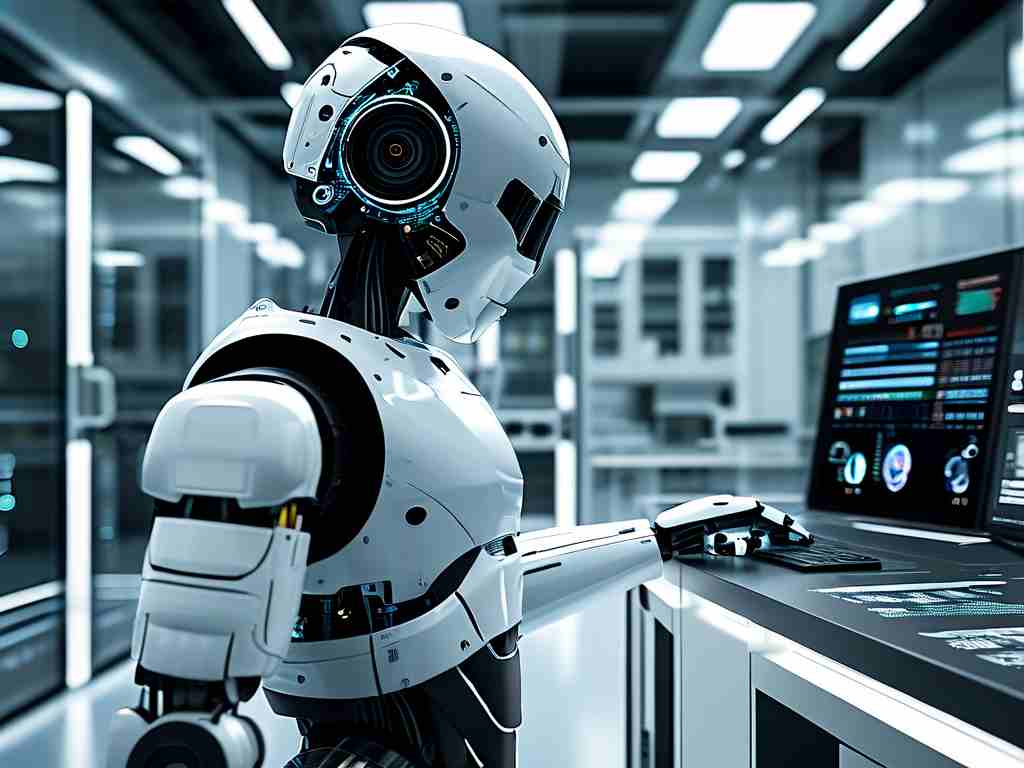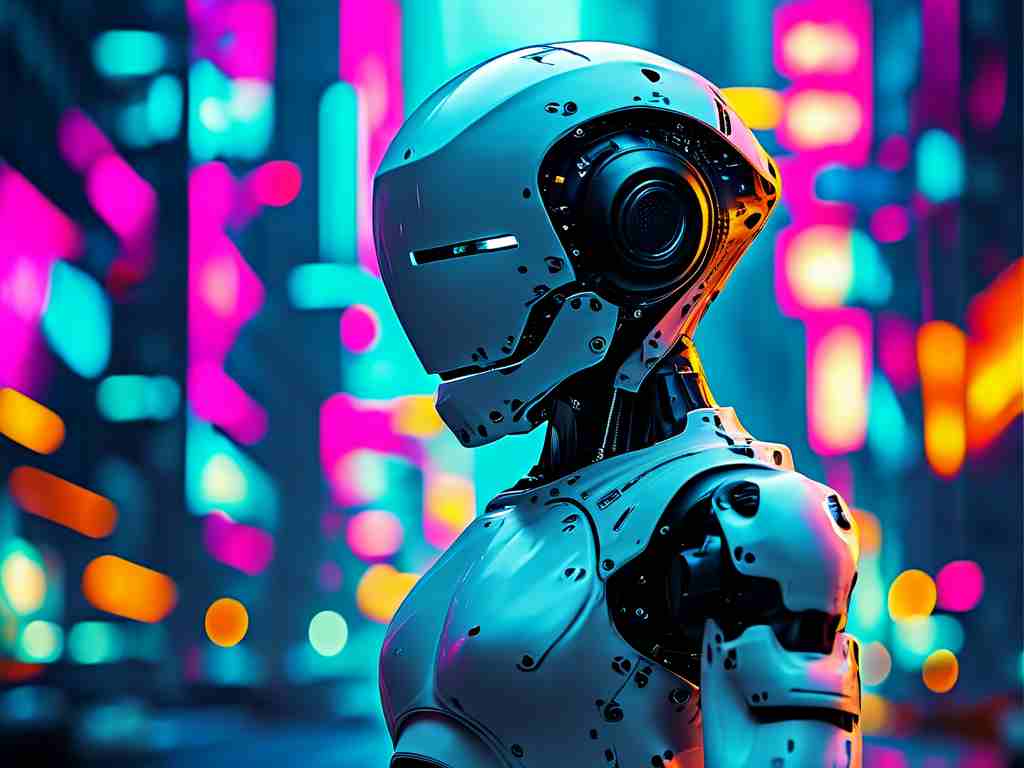The rapid evolution of robotics has placed semiconductor technology at the forefront of innovation, with chip performance becoming a critical differentiator in industrial, medical, and consumer applications. As demand for smarter, faster, and energy-efficient robots grows, companies worldwide are competing to dominate the robotics chip market. This article explores the current rankings of key players in robot chip technology and analyzes the breakthroughs driving their success.

Defining Metrics for Robot Chip Rankings
Evaluating robotic semiconductor technology involves assessing computational power, energy efficiency, neural network integration, and adaptability to diverse environments. Leading benchmarks include tera operations per second (TOPS), power consumption per watt, and real-time processing capabilities. Chips designed for autonomous systems, such as drones or humanoid robots, require additional metrics like latency reduction and sensor fusion accuracy.
Top Contenders in the Global Landscape
- NVIDIA: Dominating with its Jetson Orin series, NVIDIA combines GPU and AI accelerators to deliver up to 275 TOPS, making it a favorite for complex tasks like computer vision and autonomous navigation. Partnerships with Boston Dynamics and Siemens highlight its industrial adoption.
- Intel: Leveraging its 7nm process technology, Intel’s Loihi 2 neuromorphic chip mimics human neural networks, enabling unsupervised learning in robots. Its collaboration with Toyota on mobility robots underscores its focus on adaptive systems.
- AMD: The Versal Adaptive SoC series excels in heterogeneous computing, offering customizable logic for precision agriculture and warehouse robots. AMD’s edge in low-power designs has secured contracts with Amazon’s logistics division.
- Qualcomm: Specializing in 5G-integrated robotics platforms, Qualcomm’s RB5 chip supports swarm robotics and multi-agent coordination. Its Snapdragon-powered drones are widely used in disaster response scenarios.
- Huawei: Ascending rapidly with the Ascend 910B chip, Huawei focuses on AI training and inference efficiency. Its Kirin processors power China’s service robotics sector, including healthcare and hospitality applications.
Emerging Challengers and Niche Innovators
Startups like Graphcore (UK) and Horizon Robotics (China) are disrupting the market with domain-specific architectures. Graphcore’s IPU (Intelligence Processing Unit) optimizes graph-based computations for surgical robots, while Horizon’s Journey 5 chip targets autonomous vehicles with unmatched LiDAR processing speeds. Meanwhile, Texas Instruments remains a stalwart in low-cost, reliable microcontrollers for educational and hobbyist robots.
Industry Applications Shaping Demand
The automotive sector accounts for 40% of advanced robotics chips, driven by self-driving car development. Factories deploying collaborative robots (cobots) increasingly adopt chips with fail-safe mechanisms, such as Renesas’ V3U series. In healthcare, chips enabling haptic feedback, like those from Synaptics, are critical for surgical robots. Consumer robotics, including vacuum and companion bots, relies on cost-effective solutions from MediaTek and Rockchip.
Future Directions and Challenges
Next-generation chips will prioritize 3D stacking and photonic computing to overcome thermal limitations. Companies like IBM and TSMC are experimenting with 2nm nodes to enhance transistor density. Ethical concerns around AI-powered military robots have also spurred interest in explainable AI chips, which provide transparency in decision-making processes. However, supply chain vulnerabilities, particularly in rare earth materials, remain a hurdle for mass production.
In , the robotics chip hierarchy reflects a blend of computational prowess, industry-specific optimization, and strategic partnerships. As quantum computing and biocompatible semiconductors enter the fray, the rankings may soon see seismic shifts, redefining what robots can achieve across sectors.









